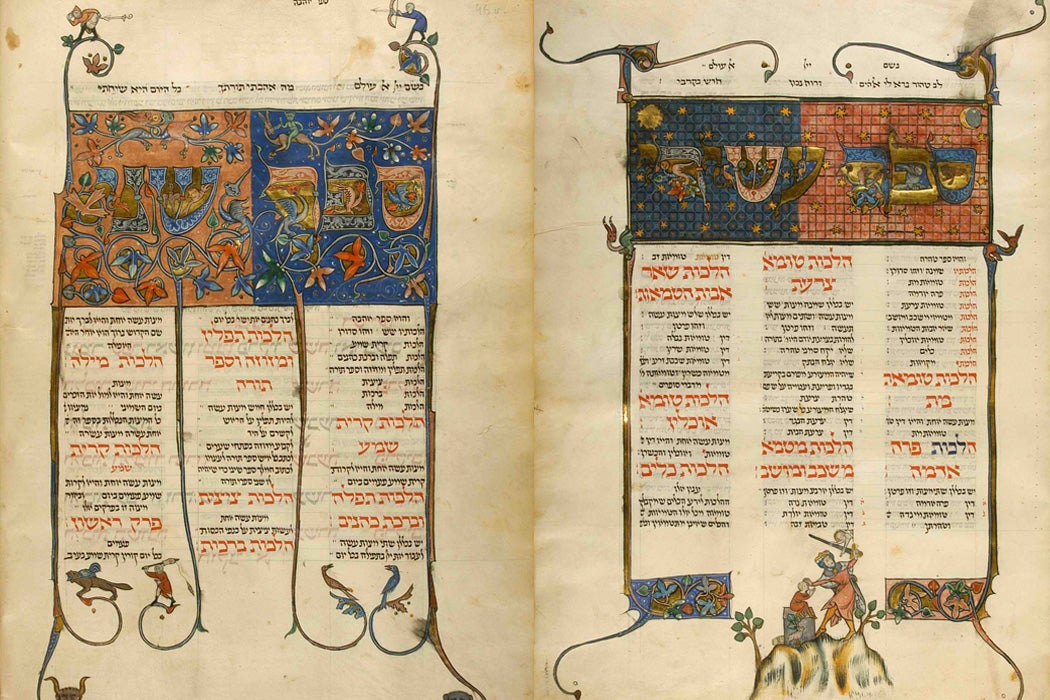From Southeast Asia to North America, people are working to revitalize languages that have few native speakers remaining. That might seem like a daunting task, but it’s not unprecedented. As Moshe Nahir writes, more than a century ago Jews living in Palestine before the establishment of the state of Israel successfully turned Hebrew from a language of ancient texts and religious ceremonies to one used in everyday life.
Nahir writes that one key to the successful revival of Hebrew was the authentic need to communicate. Unlike the Irish who were working to fight English colonialism and bring their traditional language back into widespread use around the same time, Hebrew revivalists were not working with a community that already had a common language. The Jews who settled in Palestine starting in the late nineteenth century came from around the Jewish Diaspora spread across eastern Europe, joining small Jewish groups already living in the Middle East.
In scattered settlements, residents were mostly eastern Europeans who had Yiddish in common, even if they also spoke another language from their home country. But in the cities, it was different. By the 1880s, the Jewish community in Jerusalem and other parts of the country spoke a huge range of languages, including Judeo-Spanish, Palestinian Arabic, North African Arabic, Georgian, and Tartar, as well as various Yiddish dialects.
If Palestine’s Jews had simply wanted a common language, Yiddish might have been the obvious choice. But in the rural areas where most people knew that language, many saw it as a symbol of Jewish exile and persecution. Educators generally believed that a vernacular language like Yiddish was inappropriate for schools and scholarly work. Hebrew, in contrast, was a symbol of authentic Jewish identity.
“Palestine’s Jewish intellectuals viewed their language revival as critical for national revival in the ancient homeland, which was their ultimate goal,” Nahir writes.
Weekly Newsletter
Another advantage for Hebrew was that Jewish men and boys studied Hebrew texts as part of their religious education and worship, so they had a foothold in the language. Although girls and women didn’t have that same advantage, they were at least familiar with Hebrew terms used in religious ritual. Secular eastern European Jews who did not engage in religious study often read literature in Hebrew written as part of the Haskala (Jewish Enlightenment) movement in the nineteenth century.
All these factors came together in the first population to speak Hebrew as an everyday language: schoolchildren. Teachers made it clear that “Hebrew was the community’s prestigious language,” Nahir writes. In some schools, children spent one or two years before starting first grade in “preparatories,” where they were immersed in Hebrew. Soon Hebrew emerged as a “children’s tongue,” used with friends and peers, if not at home. Children taught their parents, or encouraged them to enroll in Hebrew classes themselves. And when those children grew up, many spoke Hebrew in their own homes, making it the native tongue of the next generation.







